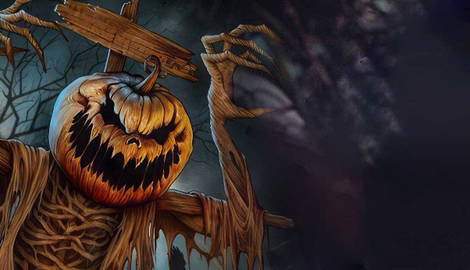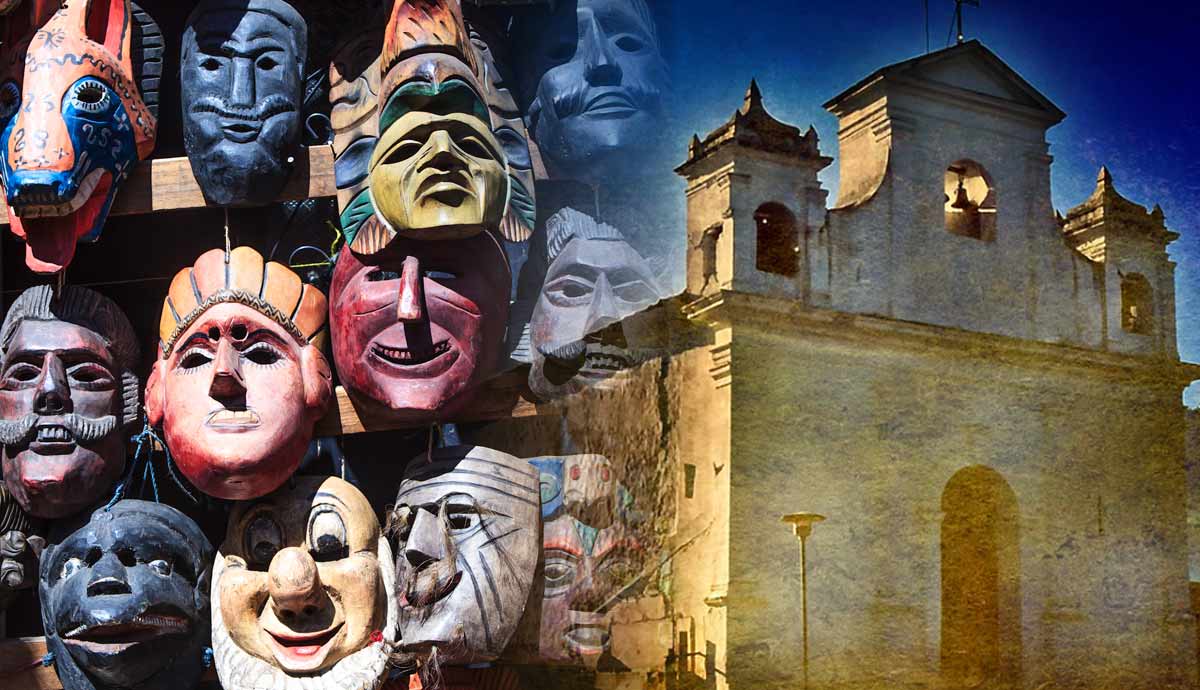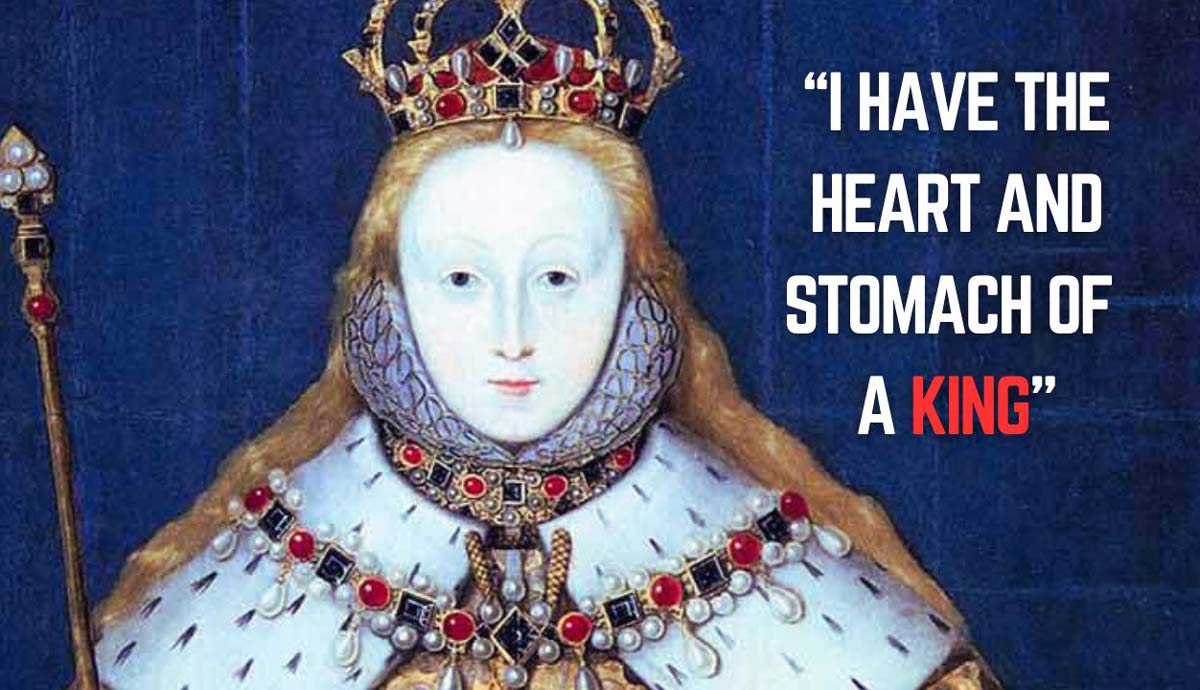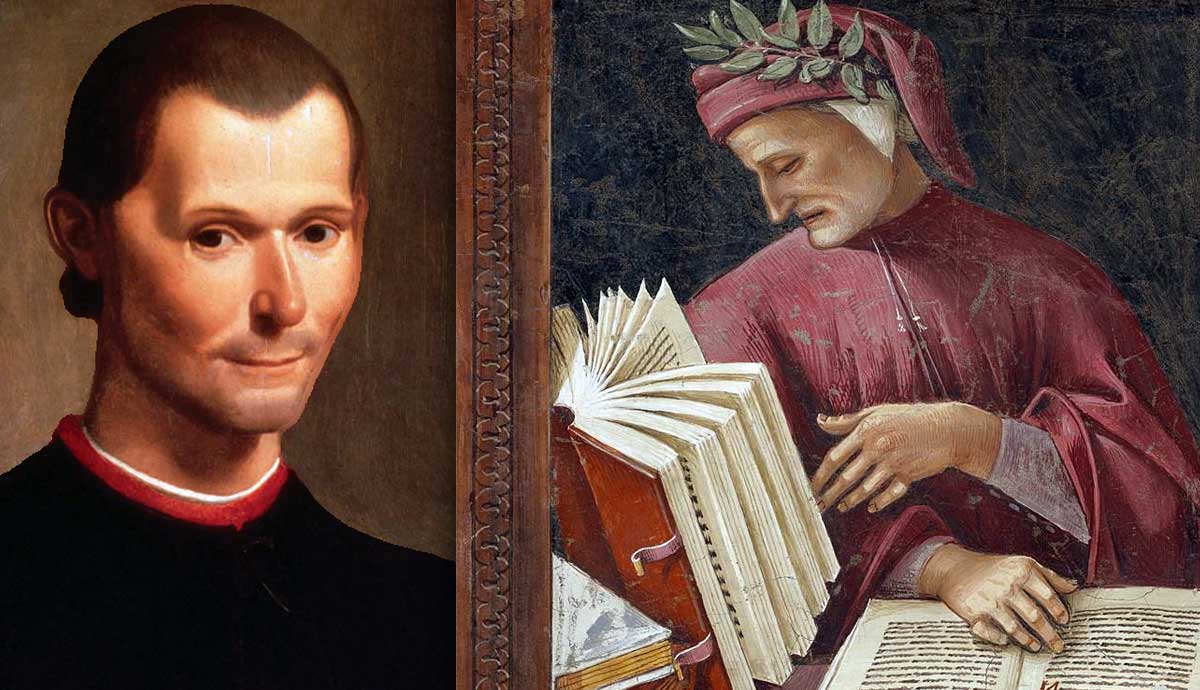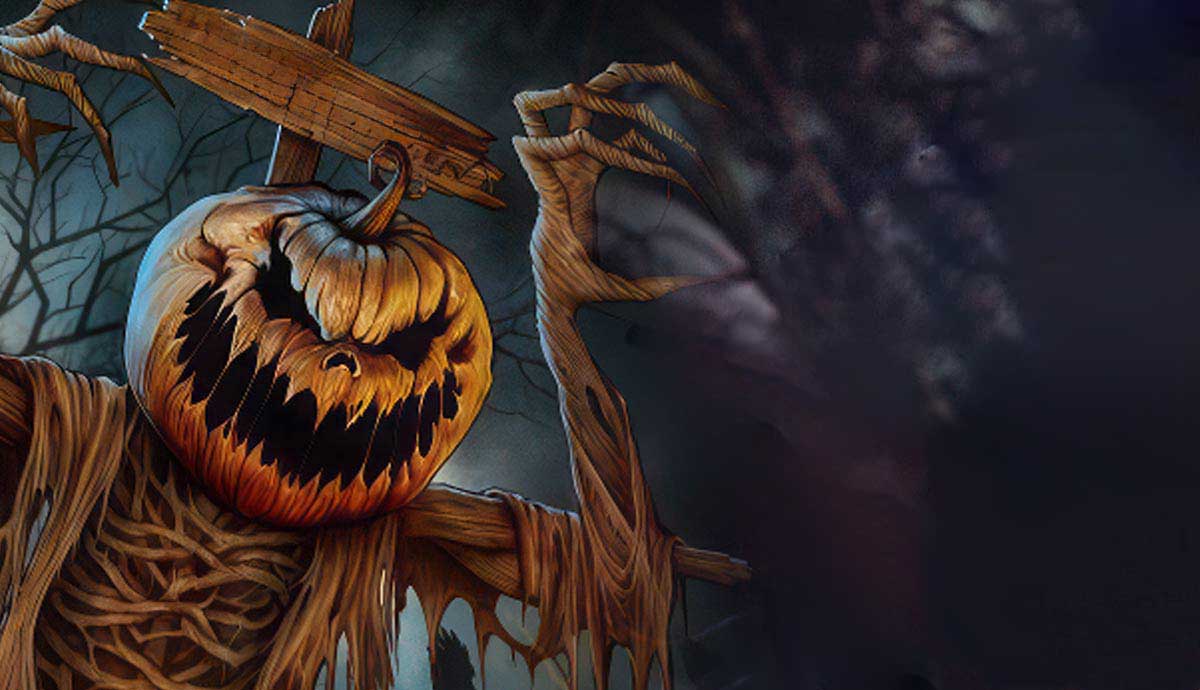
summary
- Halloween stems from the ancient Celtic festival of Samhain, marking the end of the summer and the Celtic New Year.
- The Celts believed that the veil between the worlds was thin at Samhain, allowing the dead to cross over, giving Halloween its spooky aspect.
- Roman adoption and Christianization of the Roman world led to All Saints’ Day and All Souls’ Day, and eventually to All Hallows’ Eve.
The annual celebration of Halloween on October 31 is a mainstay across much of the Western world. While modern Halloween traditions include spooky costumes and trick-or-treating, it is an ancient festival that can be traced back to the Celtic festival of Samhain, which marked the turning of the Celtic year. It was also a time when the veil between the worlds was thin, allowing ghosts and other supernatural beings to pass through, giving Halloween its spooky side. Through the Romans, Samhain was integrated into the Christian festival calendar, becoming All-Hallows Eve, before evolving into the modern secular festival of Halloween.
Where Does Halloween Originally Come From?

The Celts of Ireland, Britain, and Northern France treated 31 October much as we treat New Year’s Eve, marking the closing of one annual cycle and the beginning of another. Called Samhain by the Irish, meaning “end of summer,” it was known as Calan Gaeal in Wales, Kalan Gwav in Cornwall, and Kalan Goanv in Brittany (Northern France).
While the earliest written evidence for Samhain dates to the 9th century, when Ireland was already Christianized, there is strong evidence that it was an ancient festival. Several Irish Neolithic passage tombs are aligned with the rising sun on Samhain, suggesting that the date was important from prehistoric times. The Gaulish Coligny Calendar from the 1st century BCE calls this time of year “Samoni.”
Because the literary sources come from Christian times, they describe a mix of pagan and Christian customs. It suggests that the ancient pagan festival was associated with the god Crom Cruach, who seems to have been both a solar and a fertility deity. He is a god hidden by mists who accepts “firstborn” sacrifices in exchange for good harvests. This probably means that he received the first takings of the harvest, but there is some evidence that he also received human sacrifices. In this case, “firstborn” probably referred to the most important person in the community rather than birth order. It is suspected that several Irish bog burials represent the ritual sacrifice of kings or other important persons, possibly interred around the time of Samhain.
A Day of the Dead
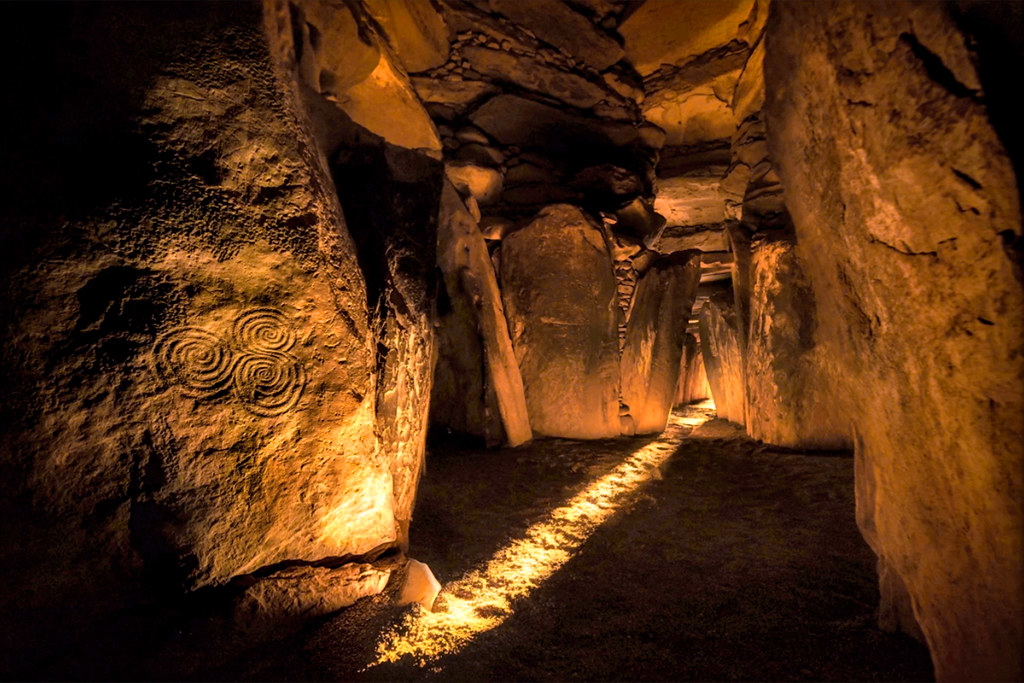
For the Celts, whose rhythm of life revolved around the changing seasons, 31 October marked the beginning of winter, with its cold days and long, dark nights. For communities dependent on nature’s unpredictable patterns, the shift from fall to winter was marked by fear and uncertainty. They believed that the veil that separated the worlds of the living and the dead, and the mundane and the supernatural, was at its thinnest during this moment of transition.
In Irish literature, there are many stories of deceased ancestors returning to see their homes at Samhain. More dangerous entities could also pass between the worlds, killing livestock and burning down houses. Rituals were often conducted at burial mounds, which were seen as gateways between the worlds. Protective bonfires were built, and sacrifices were made to appease the spirits. In the Gaelic tradition, when people returned home, they would take a spark from the ritual bonfire to light their own hearth and lay out an extra plate for the honored ancestors.
Samhain Traditions

By the 9th century, Samhain was a time of festival and celebration. Communities gathered to eat, drink, and celebrate, meaning that Samhain also had a political role: it was a time to reaffirm bonds between neighbors, and leaders could confirm and pass rules and laws.
With the community gathered, “mumming” of “guising,” the root of trick or treating, was practiced. People would dress in masks and costumes to go from place to place, dancing and reciting verses in exchange for food. Traditions around hospitality and welcoming guests meant that denying food could bring bad luck and perhaps also a trick from the disappointed players.
Samhain was also seen as the best time of year for divination practices, many of which are preserved in modern Halloween games. Bobbing for apples could reveal whether a person would marry or have children in the coming months. People would also peel an apple into a single long strand while asking a question. They would then throw the peel over their shoulder, and the shape of the peel would provide an answer. Two hazelnuts were named for an individual and their heart’s desire, and then placed on the fire to roast. If the hazelnuts jumped away from the fire, this was not a good sign for the match. But if the two roasted quietly side by side, this was a good omen.
Ancient Roman Celebrations
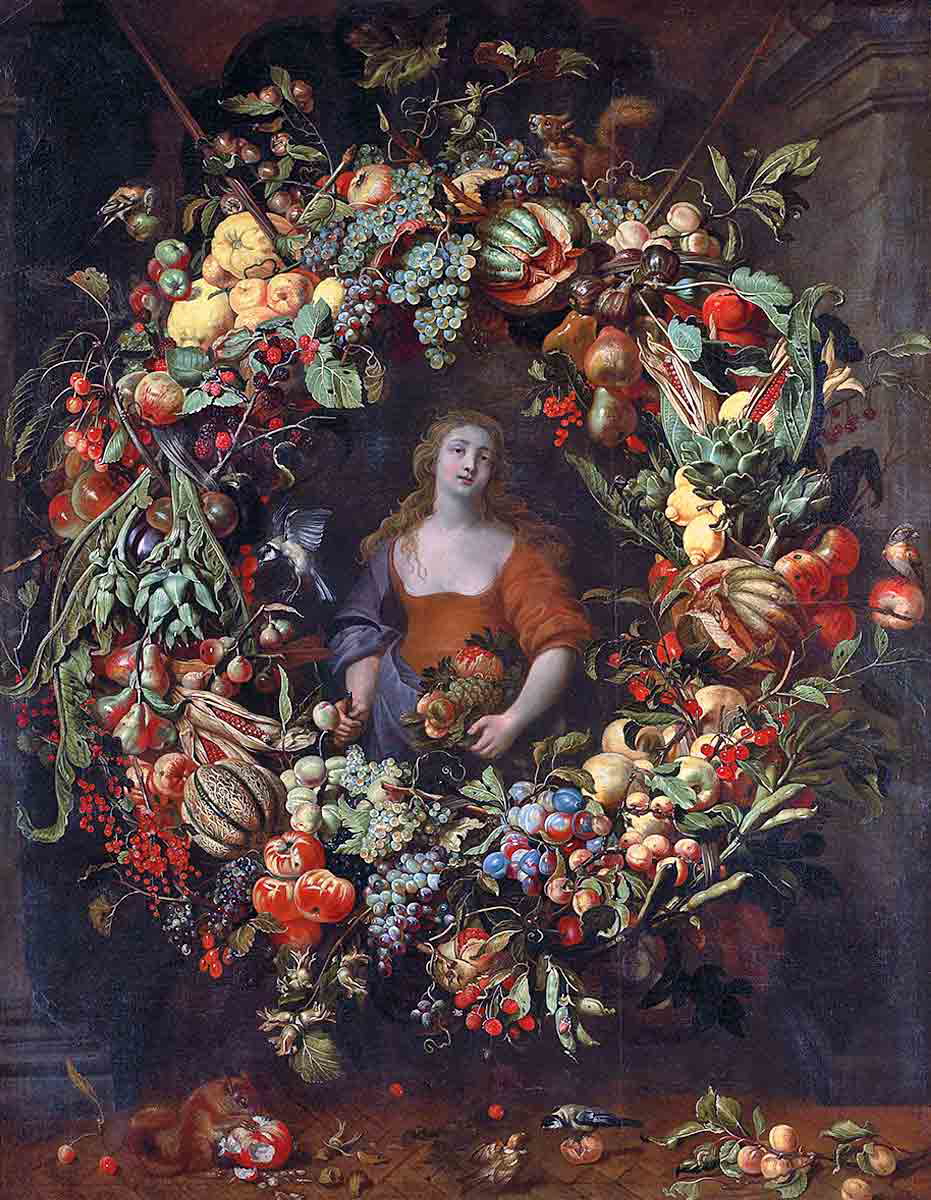
As the ancient Romans conquered Celtic land, Roman and Celtic cultures influenced one another. The Romans had their own days for honoring the dead, who were venerated rather than feared. One of these was called Feralia, a festival held on February 21 when Romans paid tribute to the dead. Feralia marked the end of Parentalia, an annual nine-day festival honoring ancestors.
Romans also held an annual festival in honor of Pomona, the Roman goddess of fruit. Her symbol was the apple, and some believe that Roman games involving apples may have influenced the apple games played during Samhain.
Interestingly, like the Celts, the ancient Romans believed that the threshold separating the world of the living and the dead opened on certain days. Known as Mundus Patet (“the world is open”), celebrated on 24 August, 5 October, 8 November, these days were often described as the Roman Halloween. In ancient Rome, the mundus was an underground pit believed to be the gate to the underworld. According to some ancient sources, the mundus was located where Romulus dug Rome’s foundation pit. Others linked it with the cult of Ceres, the goddess of wheat and harvest.
Martyrs, Saints, and Souls

During the 7th century, Pope Boniface IV consecrated the Roman Pantheon, turning the pagan temple into a church dedicated to the Virgin Mary and all Christian martyrs. The ceremony was held on May 13, the day when the Roman Church held All Martyrs’ Day. The festival later expanded to include saints, and Pope Gregory III moved it to November 1.
By the 11th century, the Christian church had evolved the celebration into two separate events: All Saints’ Day, on November 1, a feast day which became a reminder for us to live like saints, and All Souls’ Day, an event for paying tribute to the deceased, celebrated on November 2. Both festivals remain a cornerstone of the Catholic faith.
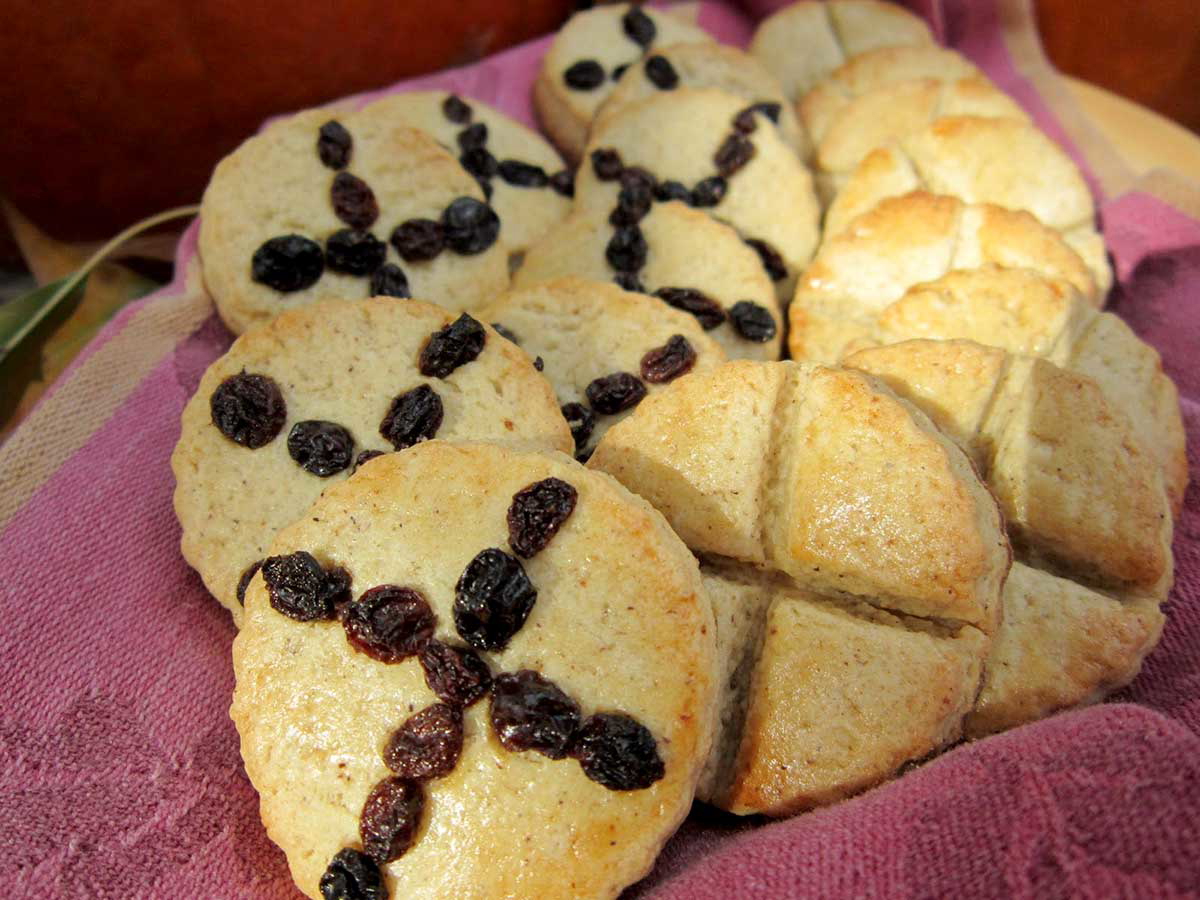
Over time, the name of All Saints’ Day evolved into several other variations, including All-hallowmas. This term comes from the Middle English phrase Alholowmesse, which meant All Saints Day, or the shortened All-hallows. The night before the day of festivities subsequently became known as All-Hallows Eve, a name that, in turn, became Halloween.
During the 15th-century celebration of All Souls’ Day, the poor would go door to door asking for food, and be offered out “soul cakes” with crosses on top from kind neighbors. In return, they promised to pray for their neighbors’ dearest deceased. Eventually, the custom was adopted by children, who began collecting the cakes for themselves during Halloween.
Halloween As We Know It Today
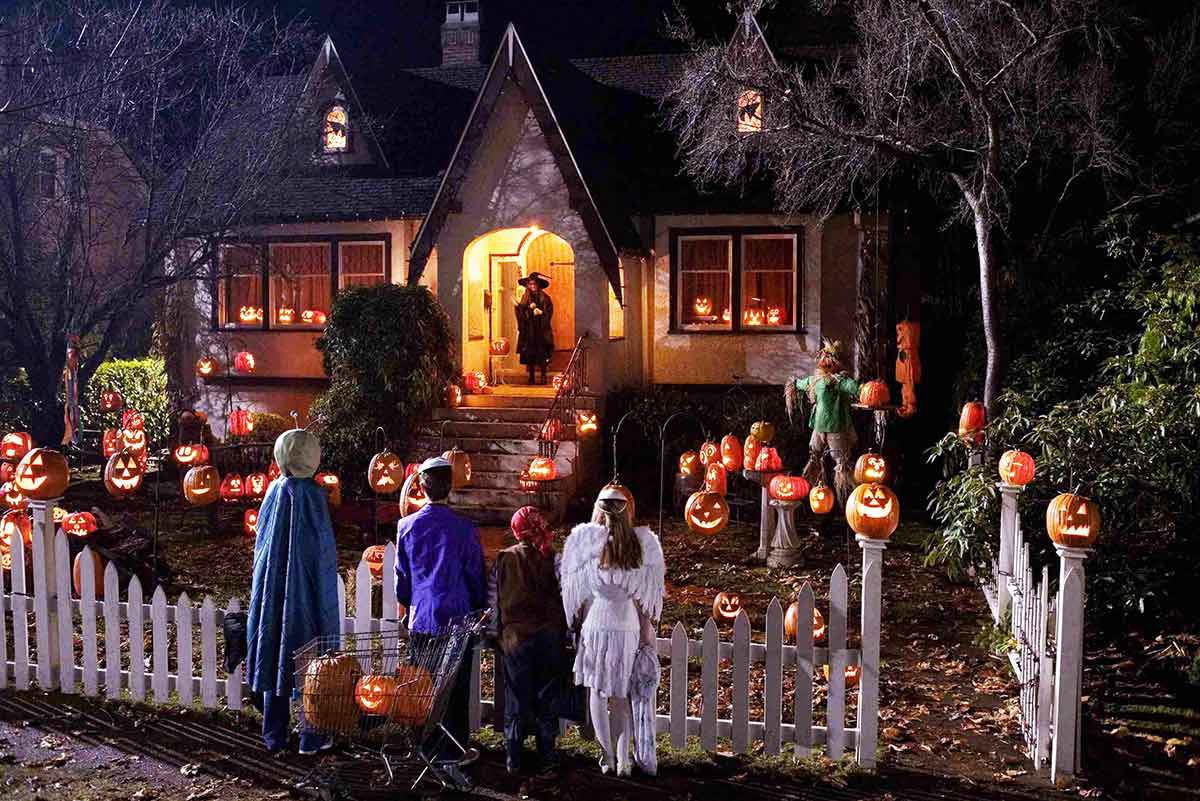
During the late 18th and early 19th centuries, Halloween evolved into a deeply ingrained cultural tradition, marking the beginning of the annual harvest. Communities would host parties for telling ghost stories and fortune-telling, including rituals in which women tried to predict who their future husband would be.
Many modern Halloween traditions came to the United States in the 19th century, brought by Irish and Scottish immigrants. Over time, the festival gained popularity beyond European immigrant communities in the US, becoming a mainstream annual celebration. Then, Halloween’s core focus was creating a secular festival to bring people together and celebrate the fall season.
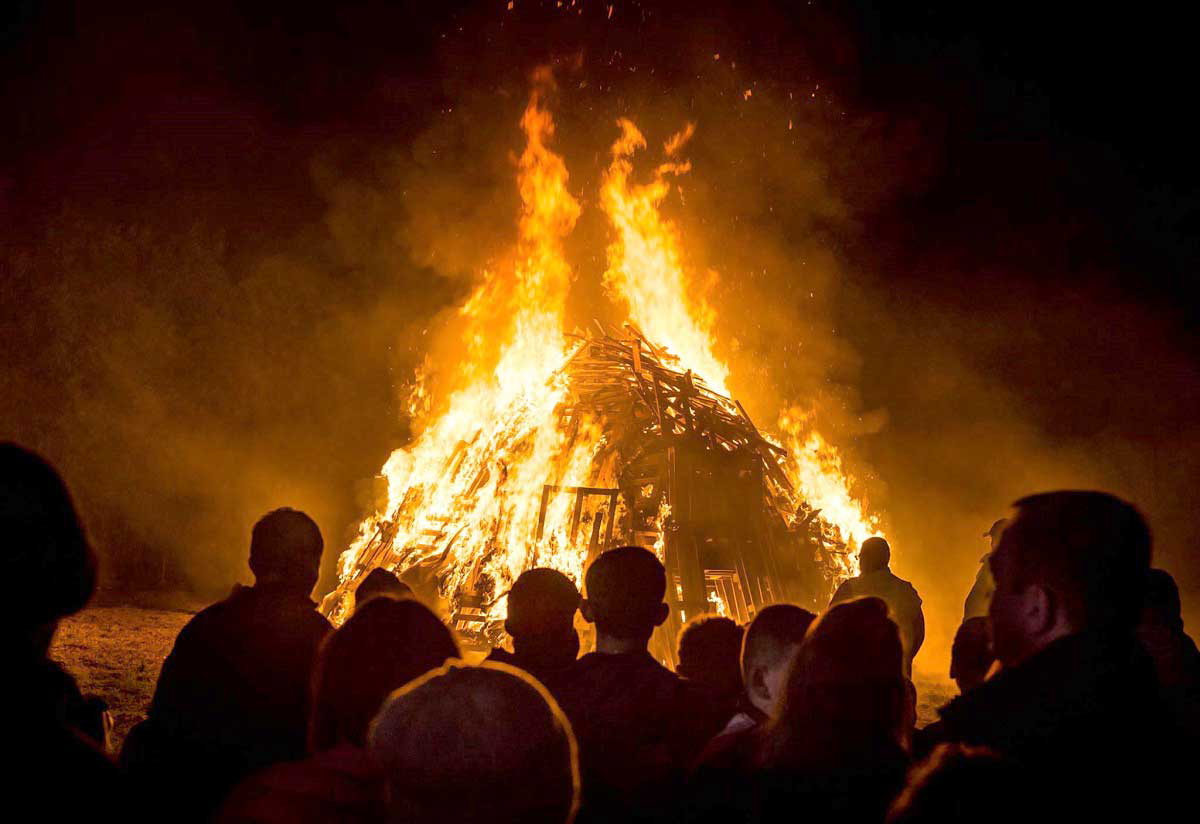
However, by the 20th century, Halloween had evolved into the spooky, ghoul-laden festival we know today. This shift was in part due to a proliferation of clever marketing and movie franchises throughout the 1950s and beyond. Meanwhile, the practice of trick-or-treating evolved into a celebratory event in which children performed tricks and collected sweets from neighbors.
